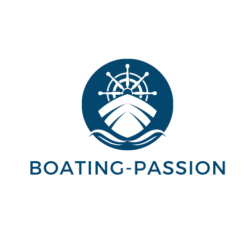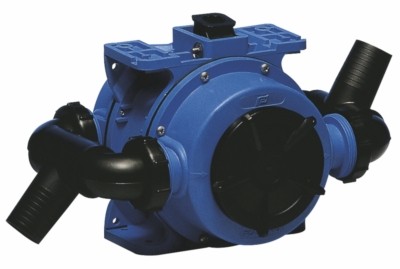A bilge pump is a compulsory device on a boat that allows water to be drained from the interior. Its presence guarantees better safety at sea, especially in the event of water infiltration. Not only can it be used in case of an accident, but it can also discharge stagnant water into the boat during heavy rainfall. What are the different types of bilge pumps? Which bilge pump should you choose for your boat?
What are the different types of bilge pumps?
There are four types of bilge pump:
- Offset turbine pump: This is a transcendent type designed for installation above the waterline. Its strong point is that it can withstand waste and salt water. This pump is available in 12 and 24 volts. Its bronze body allows for continuous use. It operates with a flow rate of up to 4500 litres per hour.
- The manual diaphragm pump: As the name suggests, it is operated manually by muscle power. It has a flow rate of between 25 and 100 litres per minute. It must be maintained regularly, as it is too fragile. Generally, the manual diaphragm bilge pump should be accessible from the cockpit.
- The electric submersible pump: Because of its watertightness, it is designed to be fully submersible. This model operates on 12 and 24 V with a consumption varying between 1.5 and 4 A. To be fully submerged, this type of pump must be placed in the sump or in the lowest part of the boat. It has a flow rate of 1500 to 4950 litres per hour. During the winter season, don’t forget to check the filter to ensure that the pump is working properly. Easy to handle, you have the possibility to handle it automatically by using an automatic switch.
- The manual siphon pump: compact and light are the great advantages of this type of bilge pump, as it can have access even to small corners. In addition, it does not require regular maintenance. However, the flow rate is quite low compared to other pumps.
Which bilge pump should you choose for your boat?
Here are the criteria to consider before choosing a bilge pump:
The type of bilge pump is the first criterion to consider. If you want to use a manual pump, note that it offers a fairly low flow rate. However, if your choice is for an electric pump, you should consider the flow rate, as this will determine the power of your boat’s battery and the pump’s motor. However, the flow rate must correspond with the length of the boat.
- For a boat measuring 3.5 to 5 m in length, a bilge pump with a flow rate of about 1900 litres per hour will be the best solution.
- For a boat between 5 and 7 m in length, a bilge pump with a flow rate of at least 3000 litres per hour is the best choice.
- For boats longer than 9 m, choose a bilge pump with a large flow rate and which operates on 12 V or 24 V. In addition, you have the possibility to install several bilge pumps in this type of boat. However, it is advisable to place the most powerful pump under the engine or in the sump.
Discharge height and space in the bilge should also be considered when deciding which pump is best suited to your boat. The best idea would be to oversize the pump if your bilge has enough space and can support the electrical installation.
But the brand also plays an important role in the choice of a bilge pump. To ensure the best quality, we advise you to look for models from well-known brands such as Attwood, Rule or Seaflo.






